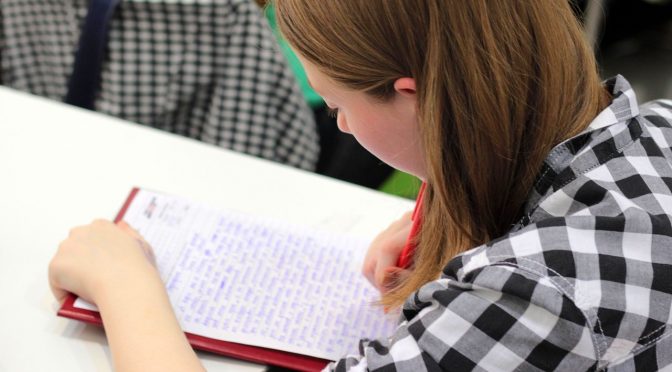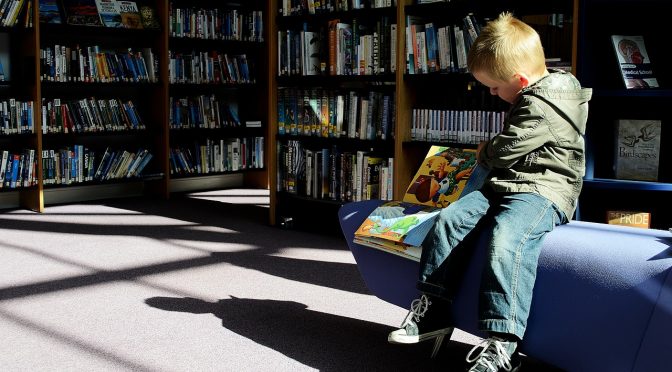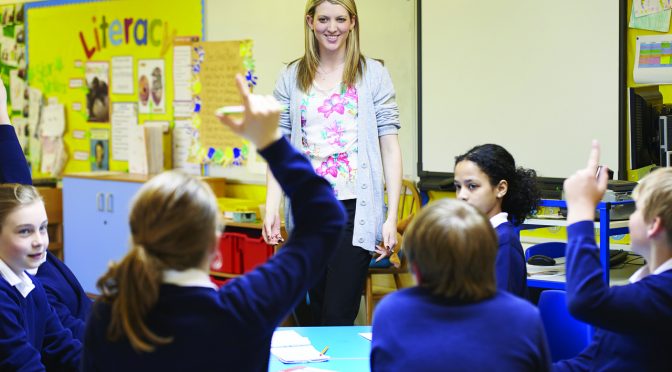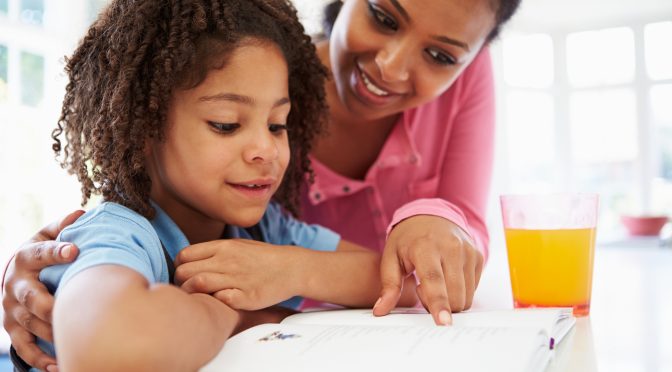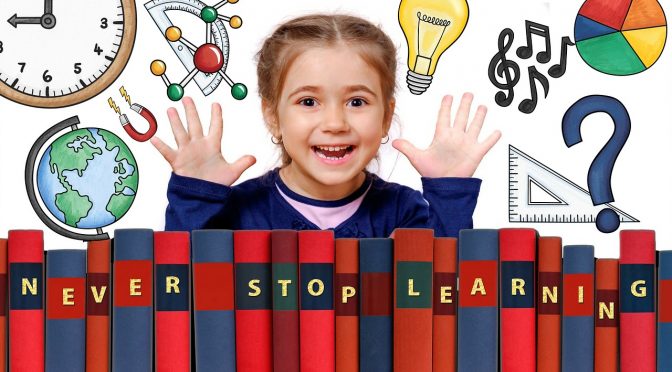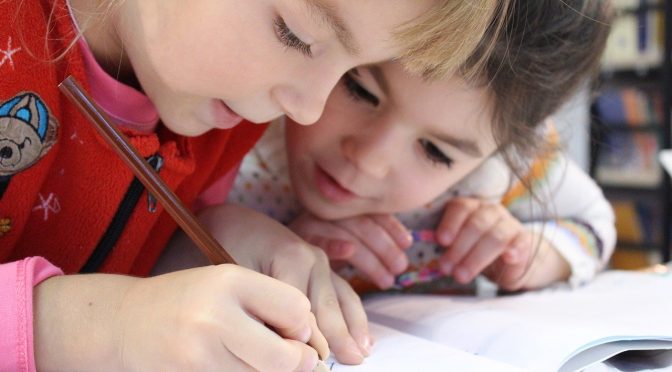“Books are a uniquely portable magic.” – Stephen King. Books are a treasure trove for kids that offer unique perspectives on everything in life while broadening their horizons. Introducing kids to the habit of reading as early as possible has been scientifically proven to benefit a child’s mind and brain in profound ways.
Following are some ways in which reading can be beneficial for children:
- Better Communication Skills: Reading polishes communication skills as it introduces kids to new words and new ways of expressing themselves when interacting with others. It opens gateways for uninhibited communication and makes kids confident listeners and speakers.
- Better Comprehension: Reading helps kids gain a better understanding of the world around them. They are able to comprehend things better and form a deeper understanding of what they see and learn. Kids, who read, are likely to respond rationally when posed with unique situations and commit fewer errors.
- Better Writing Skills: In addition to improving speech and comprehension, reading also impacts writing skills and refines them. Children are able to find better words for expressing their opinions on paper and get better at forming correct sentence structures. Reading also improves their paragraphs flow and spellings with time.
- More Knowledge: Knowledge is power and reading is one of the best sources of granting children the power of knowledge. Reading exposes kids to different ideologies, life experiences, historical events and more knowledge that empowers them while making kids understand the world better.
- Emotional Benefits: Kids, who read, are generally more empathetic towards the feelings of others as books give them an insight into the world, different cultures, backgrounds and countries. Children get to know about the problems of people from different corners of the world which makes them compassionate and sensitive individuals.
- Brain Workout: Reading offers a great workout for the brain as it strengthens brain connections and helps in building new ones. Every time a child learns a new word, comes across a new scenario/situation, meets new characters in a book, etc., new neural connections are built in the brain. This keeps the brain sharp and offers other benefits like better memory, concentration power, and creativity.
- Develops Imaginative Skills: Books unlock a child’s imagination by taking him to new places and scenarios in an instant. Creativity is sparked and kids feel inspired to dream and imagine beyond the realms they know. Reading helps them expand their minds’ horizons, seek adventure and be open to learning and exploring.
- A Calming Effect: Children who read experience a sense of calm and are less irritable and anxious. Reading relaxes the brain and helps in producing chemicals that calm down the brain similar to those that trigger sleep.
See-n-Read Reading Tools offers tools to improve reading skills among kids. For more details on why kids should read, visit 2533 Sutton Lane, Aurora, IL – 60502, or call at (630) 236 – 5592.
